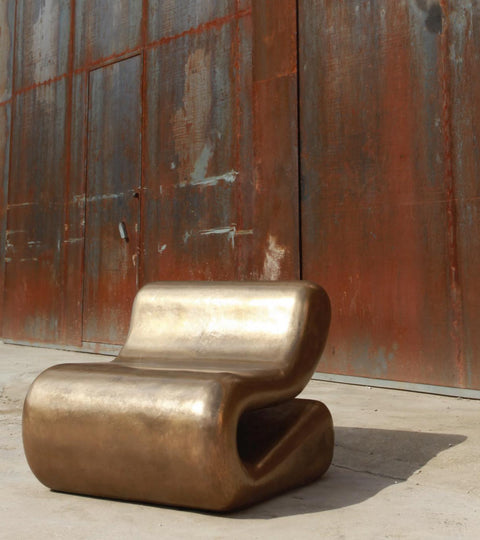Over the past year, disruptive technologies and new consumer habits have pressured luxury brands to change their traditional ways of interacting with customers. Today, mobile advertising has taken over desktop advertising, and consumers highly favour more personalised brand experiences.
Luxury brands have been successful in targeting their consumers through traditional media. According to Zenith’s Advertising Expenditure Forecast, print still takes up 60% of advertising spending of top luxury brands. Even though print is still expected to survive the future, the eruption of new media channels has been acknowledged and adopted by brands as a challenging opportunity to engage nontraditional and new, existing audiences. Smart luxury brands have recognised that it is a must to be present where the audience is, and to increasingly engage them across multiple different touchpoints.
Consumer preferences are constantly changing and have become more personalised and refined. On social media, it’s now less about what you own, and more about the lifestyle you’re living. Instead of using traditional advertising, brands must do a better job at creating content that feels authentic and tells a personal story. Brands who fail to do are at risk of losing their audience. So, what’s the trending best solution? Luxury brands are involving the consumer in marketing. The consumer’s favour of real, user-generated content (UGC) has driven luxury brands to adopt the “consumer as a creator” approach.
According to the Boston Consulting Group, when making an online purchase, 6 out of 10 millennials rely on user UGC to make a decision. A good example would be Burberry’s “The Art of the Trench” campaign. Burberry invited its customers to submit photos of themselves wearing their popular trench coat. The campaign provided the brand with consistent great content, and promoted positive customer engagement. Burberry witnessed a 21% increase in profits during this activation!

